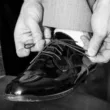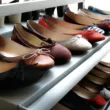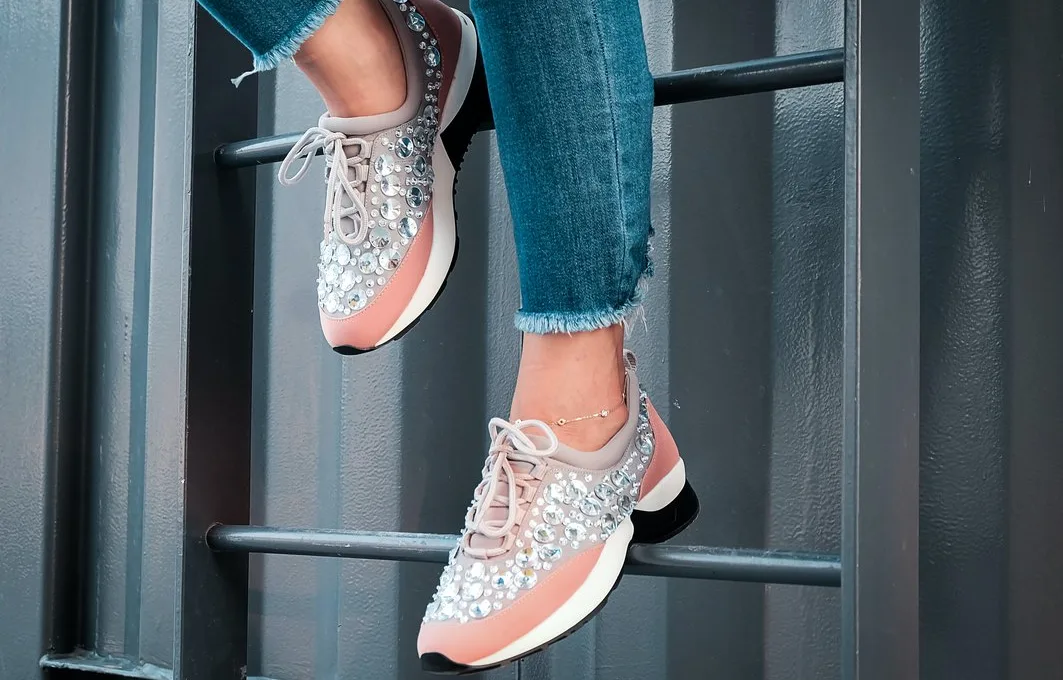A pair of shoes can cost as much as $25,000 on average. This is not surprising, considering that a woman spends approximately $25,000 in her lifetime on footwear. Footwear is a wonderful way to express one’s personal style, and there is a shoe for every budget. However, when buying shoes, you should know the details of the shoe’s design and materials, as well as the quality. Listed below are some tips to help you buy a pair of shoes at a reasonable price.
Price of a pair of shoes
The price of a pair of shoes varies greatly from brand to brand, and even within the same category. A pair of high-quality sneakers will cost upwards of $100, and a pair of low-quality sneakers will be less than $50. However, this doesn’t necessarily mean that a cheap pair of shoes will not be worth the money. It is important to understand how shoes are made before purchasing a pair.
A recent study conducted by Psychology Today found that the average person spends over three weeks’ worth of pay on shoes. Men spend slightly less, but women still own more pairs of shoes than men. The study found that it takes about two and a half weeks and about eight hours of work to pay for a year’s worth of shoes. Taking into account income tax, an average person would spend nearly six hours per pair of shoes.
Another way to determine the price of a pair of shoes is to compare prices of similar products. For example, a pair of shoes might cost $48, but if the same pair costs $48 at a different retailer, the price becomes less than $52. A pair of cheap shoes can save you money in the long run. In a few months, you can get a second pair for the same price! And that’s before you factor in the cost of shipping!
Cost of making a pair
The cost of making a pair of shoes will depend on many factors, including the materials used, the style of the shoe, and the quantity of units produced. Purchasing supplies in bulk and streamlining production processes will reduce the cost. However, many shoemakers find that the initial investment is not worth the returns on their investment. To make a high quality pair of shoes, consider outsourcing the manufacturing process. This method is more affordable, but the final product will be inferior.
Usually, a friend or a professional with knowledge of materials will give you an accurate quote. You will need to break down the components of the shoe into their individual parts, and the final cost of each part is based on this information. Buying the materials in bulk will save you money, as bigger brands can get discounted prices for them. A friend or family member will often know all the parts of the shoe and will be able to give you a good idea of how much they cost.
In addition to material costs, labor is also a big factor. For example, leather costs more than synthetic leather, and 10% of it is wasted due to the lack of demand. A costing sheet should list each part, including its cost per unit and how much it costs to make it. In addition, a waste percentage needs to be calculated, known as cutting loss, which reflects the amount of scrap material left after cutting the parts.
The labor costs associated with manufacturing a pair of shoes can vary depending on where you’re located. The average cost of skilled labor in the U.S. is roughly $38, including payroll taxes and benefits. In China, however, the average wage is as low as $5.51 per hour. This is a far cry from the $68 an hour that most people make in the U.S. However, the labor cost of a pair of shoes can be significantly lower without celebrity endorsements.
Quality of a pair of shoes
One of the most important elements in a pair of shoes is the quality of the materials used to make them. A pair of shoes with good craftsmanship should feature strong seams and even stitching throughout. The sole and upper should be free from defects. The heel should also be straight and not crooked. Lastly, make sure that the zipper does not tug. These are just a few of the elements that help you judge a pair of shoes’ quality.
The upper material is the first sign of quality. Lower-quality shoes are often made of synthetic materials, which are light, but also less durable. While synthetic materials are perfect for trainers, they’re not recommended for dress shoes. If you’re looking for dress shoes, you should choose high-grade leather or suede instead. Make sure that the shoes you’re considering are handmade. Then, you’ll have an easier time deciding which pair is the best fit for your needs.
The construction of a shoe is another important factor. Poorly made shoes may be difficult to repair, and resole them will be costly. Shoes with higher construction quality can last for many years without the need for frequent repair. However, they are usually more expensive than cheaper shoes. The construction and materials of better-quality shoes are also more durable and comfortable. This is why you should pay more for a pair of shoes than you think you’ll need to replace them soon.
A complete quality inspection of a pair of shoes should start at the packaging. If the shoes are wrapped in a clean, presentable box, they should be free of dents and creases. The shoes should also be of the proper size and not stuffed in a small box. The hangtags should also match the information on the shoe. If they match up, they’re a good pair of shoes.
Brand of shoe
Many consumers are unaware of how much a specific brand of shoe costs. In order to calculate the cost per pair, manufacturers use a bill of materials, or BOM, which itemizes the cost of each component of a shoe. This breakdown is similar to that of a cooking recipe, except for the brand name. However, there are some differences. The cost per pair of shoes can range significantly. Listed below are the various components that can affect the cost per pair.
Size of shoe
The size of shoe you buy can make a big difference in how much it costs. The average shoe cost for the various sizes is based on the number of sales for each size. The graphs below show the difference in cost between different shoe sizes and features. For example, size 14 is higher than size 5 and vice versa. The size of a shoe also depends on the length of the toe. It is also helpful to try on different sizes before you purchase.
Podobne tematy




